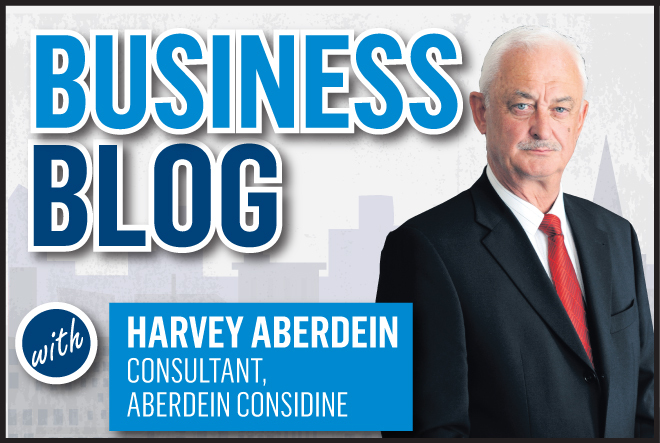It is a sad reality that in the current economic downturn many businesses in north and north-east are being forced to dismiss employees by reason of redundancy.
As an employer I found it extremely difficult and perplexing to have to contemplate depriving people of their job, their income and their livelihood. I was adamant that this would only ever happen if it was absolutely necessary and if I was convinced that there were no other alternatives.
I therefore thought it may be useful in this column to consider what alternative costs saving measures you may consider before you reach the conclusion that redundancies can’t be avoided.
There is a lot to be said for making every possible effort to avoid redundancies. If you are able to keep staff on through the tough times, you won’t have to incur the time and cost associated with recruiting again when the economic climate improves.
It’s also worth bearing in mind that making redundancies can, of itself, be an expensive exercise, particularly if employees are entitled to enhanced redundancy payments. There is also of course a human cost to redundancies in terms of the distress which is caused and the longer term impact this may have on staff morale in your business.
I would encourage you to consult with your staff and to invite them to put forward any ideas they may have, based on their experience of the day to day workings of the business, which may help to cut costs.
My employment law team suggest the following possible alternatives to redundancy:
1) Recruitment freeze
It stands to reason that if a business is struggling to pay the employees it has then it should avoid, so far as possible, increasing the wage bill further by taking on more employees.
2) Retraining / Redeployment
Following on from the suggestion of a recruitment freeze, you may consider whether those who are less busy could be retrained and redeployed to parts of the business in which there is still a need for people.
3) Overtime ban
It may help to ensure that all employees are working their basic hours only, so that there is enough work to go round a greater number of people
4) Pay reduction / shortened working hours
These changes would involve renegotiating employee’s terms and conditions either temporarily or permanently. However such changes may be preferable to people losing their jobs. Given that such changes would involve amending contracts of employment it is important to ensure that you have a good business case in support of the proposal and that you follow a proper formal consultation process.
5) Sabbaticals / secondments
You could explore whether any employees would welcome the opportunity to take a partially paid sabbatical. You could also consider whether you have the option to second any of your employees to another business in the short term in order to keep them in employment.
Whatever options you may consider, and even if redundancies do prove unavoidable, the key is to ensure that you communicate and consult with your staff.
Make sure you know the law and the correct process you have to follow and have a plan well in advance of any redundancy process as to how you will carry out that procedure in practice. This can help to avoid uncertainty and unnecessary distress to employees.
Scottish election
We’re now just weeks away from the Scottish election, which barring a Kinnock-style electoral collapse should return the SNP for a third term in government.
I think this would be a good thing for businesses.
In Scotland spending per head on supporting businesses and the economy is double the UK level, and since the SNP came into office the number of businesses in Scotland has gone up by over 90,000.
Our country’s Small Business Bonus Scheme is also supporting 100,000 small businesses by reducing or removing entirely their business rates.
This support for lifeblood small businesses has, in turn, boosted our economy, helping Scotland achieve three years of continuous economic growth.
In Fergus Ewing, I also believe we have an extremely competent business figurehead within government.
On his and John Swinney’s watch, we’ve seen employment rise to the highest level on record and the highest of the four UK nations. Youth unemployment is at its lowest level for a decade and a record number of school leavers are in education, work or training.
We are making real progress towards making Scotland a more prosperous and fair country. That can only be done with a strong economy nurtured by politician who understand Scotland and her economic levers.










